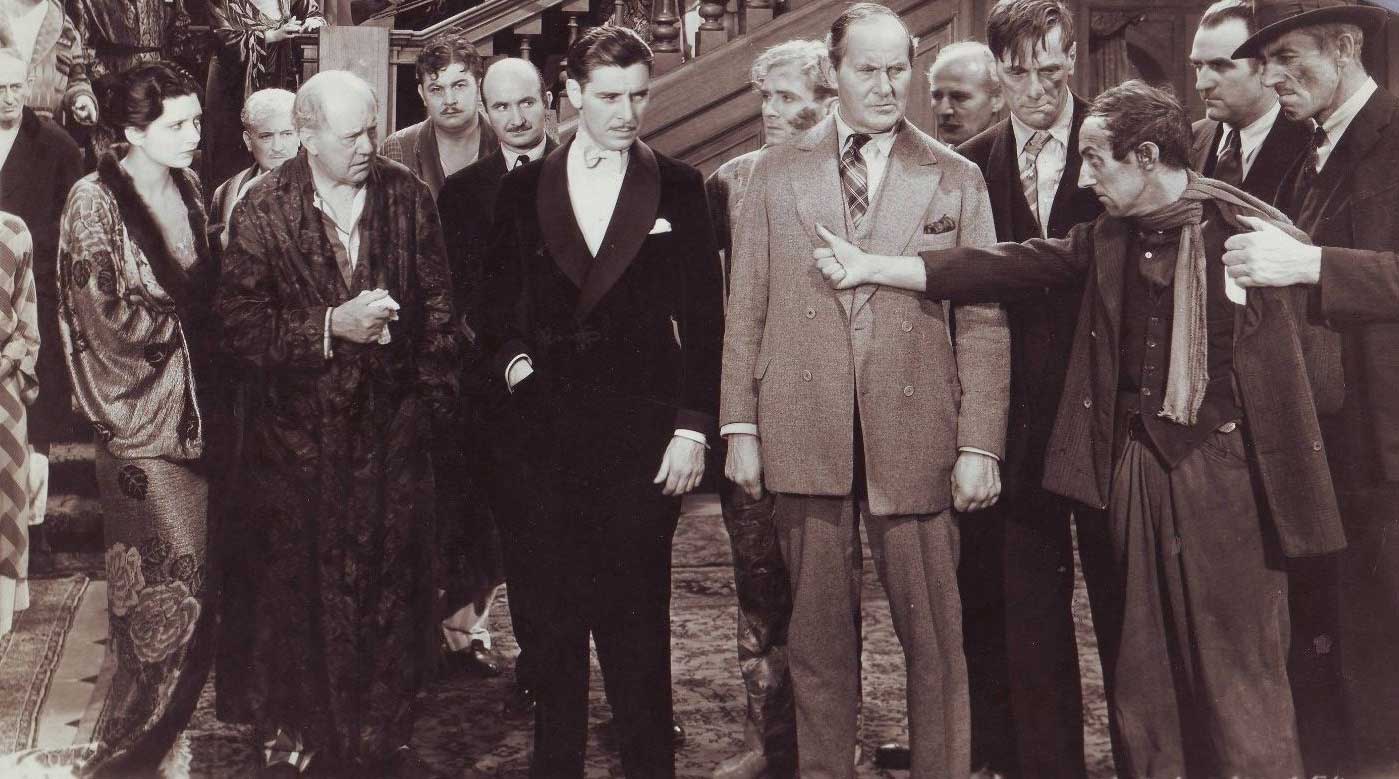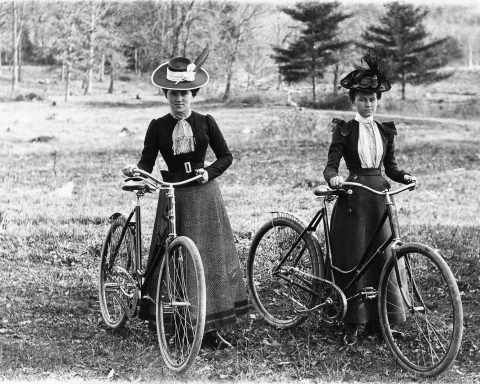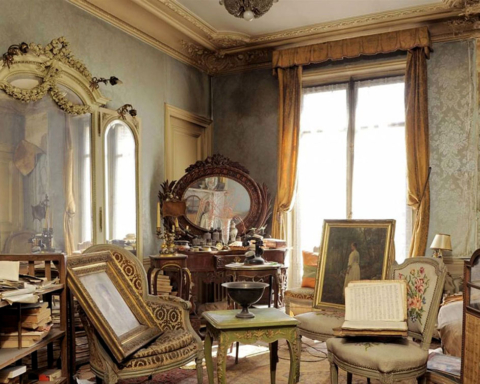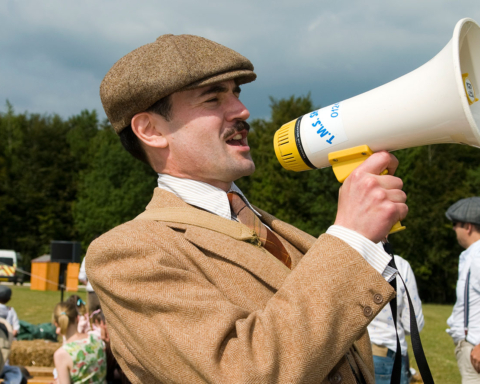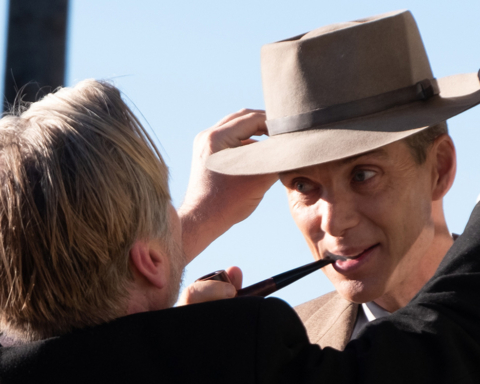Steve Pittard:
England slow bowler by day and gentleman thief by night, A.J. Raffles, is cricket’s most enduring fictional character. His exploits shocked late Victorian society, who found it unthinkable that a burglar might play cricket – a sport synonymous with ‘fair play’.
A.J. resides in bachelor chambers at Albany (just off Piccadilly). He can often be found at his gentlemen’s club, partaking of a couple fingers of whisky and soda or blowing perfect smoke rings. Everything about Raffles oozes class, from his silver cigarette case and silk pyjamas to his vintage cricket-bag, which still has the remains of an Orient label adhering to the leather.
Cricket provided a cover for Raffles’ real raison d’etre, purloining valuables: “What’s the satisfaction of taking a man’s wicket when you want his spoons?”
Raffles’ escapades were chronicled by his accomplice and former fag ‘Bunny’ Manders. The doting chum relates that Raffles was an athlete of the first water. He didn’t indulge in anything so tiresome as formal exercise, but kept in shape by lounging around Turkish baths, and once attributed a six-wicket haul to a steamy session on a striped divan. Raffles sometimes had a pre-season net against professional bowlers. The blighters were only motivated by hard cash, so A.J. perched sovereigns on top of the stumps instead of bails, by way of an incentive. A rusty Raffles once shelled out eight or nine pounds but it paid immediate dividends, as the following day he notched up 57.

A.J. was “ a dangerous bat, a brilliant field and perhaps the very finest slow bowler of his decade”. He possessed the most puzzling ball in England and had perfect command of pitch and break. His beautifully easy action never varied, even when sending down his quicker ball. Sometimes he took an absolute pasting but was “too fine a bowler to mind being hit.” Raffles didn’t judge his performances by anything so vulgar as bowling figures. Indeed, it was not that he took many wickets for few runs, but his cunning and guile made every over an artistic whole.
Raffles seemed effortlessly to raise his game for the grand occasion. In the Gentlemen versus Players showpiece he puts up a damn good show, acknowledging that, “Three for forty-one, out of the four that fell, isn’t so bad for a slow bowler on a plumb wicket against those fellows.” At Old Trafford, England are in danger of being skittled out before tea but A.J. stops the rot. His splendid rearguard sees Albion rally to over 200 for seven at stumps, with our hero undefeated on 62. But if dismissed for a duck, Raffles could get into a foul mood. He was ‘positively rude’ to one MCC member who merely offered his commiserations. Raffles also flopped at the crease when turning out for an Old Boys’ XI, though Bunny reassures us that such things happen to first-rate cricketers who play beneath their class.
The Middlesex spinner always spent August lollygagging about on the country house scene, facing such wandering clubs as Free Foresters and the Gentlemen of Dorset. A.J. had mixed feelings about these fixtures, as nothing got his goat more than being invited purely for his cricketing credentials, “engaged like the waiters and the band”. Of course, such occasions provided a cover for Raffles’ real raison d’etre, which was purloining valuables: “What’s the satisfaction of taking a man’s wicket when you want his spoons?”

A.J. justifies relieving toffs of their silverware by claiming that the distribution of wealth is very wrong in the first place. However, he is hardly Robin Hood. Raffles steals from the rich and gives to the posh (albeit those on Queer Street) which generally means himself. The only laws Raffles respects are those of the MCC, though some of his capers certainly aren’t cricket. A bungled break-in sees Bunny and Raffles (armed with a ‘shooter’) dish out extreme violence to schoolboys in pyjamas. Raffles viciously smashes a heavy torch in one innocent lad’s face. Queensbury rules don’t apply to Raffles. He shoots one dagger-wielding adversary, admittedly a foreigner, at point blank range four times for good measure. He does abide by a code of sorts and is appalled to hear of a guest stealing from a host, “Abuse of hospitality was never one of my strokes. When we took old Lady Melrose’s necklace, Bunny, we were not staying at the Melrose’s, if you recollect.”
Eventually the notorious ‘amateur cracksman’ is unmasked but evades capture and enlists, incognito, in the Boer war. Raffles tackles the enemy alongside Bunny, joshing all the while in badinage more in tune with Lords than Spion Kop. “ Must pitch ’em up a bit more,” he curses, when failing to despatch ‘deep long on’, while musing that another wayward effort might well have been a wide. However, the enemy returns fire (“By Jove, though, I believe he’s having an over at me!”) and A.J. is fatally shot… no doubt beaten for pace.
Raffles had a few more innings on stage and screen. Ronald Colman and David Niven made splendid incarnations, if only judged by the rakishness of their pencil moustaches. The imperious Anthony Valentine portrayed the criminal cricketer in a 1977 television series. One episode sees A.J. snaffle eight wickets for thirteen runs, yet nonchalantly brush aside any praise, because the rustic outfit were “mostly rabbits… and they hadn’t even a slogger.”
In 1975 Graham Greene penned a very rum play, The return of A.J. Raffles, insinuating that Raffles and Bunny engaged in other criminal practices beside burglary. Lord Alfred Douglas (‘Bosie’), the muse of Oscar Wilde, features in the dramatis personae. He enquires whether Raffles was perchance bisexual, but Bunny indignantly denies his chum batted for both sides; “Of course not! He never looked twice at a woman!”


